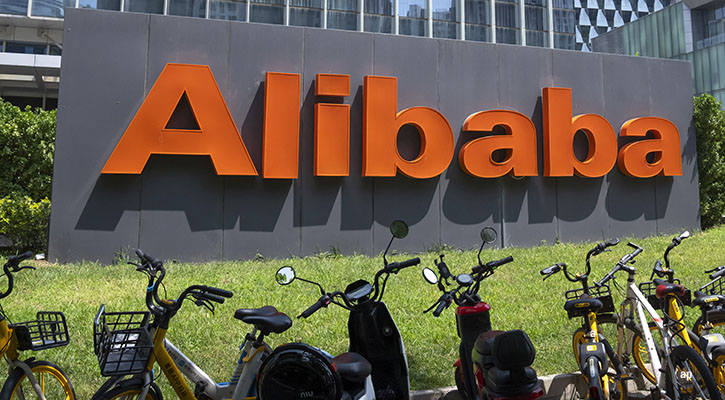There are many areas where fund disclosure might be improved, but perhaps the most important is portfolio holdings disclosure. As I've emphasised in my recent articles on risk and style-diversification, investors need to know what their fund owns. Otherwise, they cannot tell how the fund might interact with other offerings in their portfolio, properly assess its risks, or even tell whether or not it even remains a suitable investment.
Given this, it would seem reasonable to expect that
all funds report their complete holdings to shareholders on a reasonably frequent basis, and in a timely fashion. We understand that managers wouldn't want to telegraph their near-term trading patterns to others, which could conceivably harm returns. However, funds are only currently required to disclose their complete holdings twice a year--once in the annual report to shareholders, and once in their half-yearly report. Moreover, funds have four months after the close of their fiscal year to prepare their annual report (they have two months to deliver the half-yearly report). They also have the option of sending so-called "short reports" to shareholders that don't even include a fund's complete portfolio holdings (funds must make the long-form report available on request).
When the report finally comes out, if it's a "short report," it will not even include the complete portfolio holdings, but only a brief table that summarises the portfolio's exposure to broad areas of the market. Investors who want the full holdings list may well have to call the fund company to get it. This summary chart may be useful to a small extent, but it suffers from significant limitations. First, the categories used may or may not match up with what an investor needs to know. For example, it might fail to disclose the fund’s exposures to companies of various sizes. Second, the table doesn't allow investors to see how much exposure their fund has to specific holdings (or, sometimes, even to economic sectors), making it impossible to assess important risk factors.
A Path for Improvement?
In the U.S., funds must disclose their portfolio holdings on a quarterly basis--once each in their annual and half-yearly reports to shareholders, and at the end of the first and third quarters in filings with the U.S. Securities and Exchange Commission (SEC). In each case, firms are allowed a lag of just 60 days after period end to produce their reports--that's long enough to avoid giving away their trading strategies, but short enough to ensure the information is still useful to investors. Funds are allowed to use summaries in their reports mailed to shareholders, but the SEC makes their complete holdings (as well as all other past and present documents filed by the funds, including prospectuses) available to the public over the Internet, free of charge (click here to see an example). This allows funds to keep their costs down by not requiring them to go through the potentially expensive process of sending long holdings lists to shareholders every quarter, but it also ensures that investors have access to the information they need.
What to Do?
Funds need to disclose more information if investors and their advisers are to have all the information they need to make suitable investment decisions and effectively monitor their portfolios. Ideally, funds should report their complete holdings quarterly, with no more than a 60-day lag between the end of period and the filing of the report. These documents could be made available on the Internet to keep costs down and to create an electronic archive--either through fund companies' own web sites or through a central repository run by the FSA or a trade body such as the IMA. Until this happens, investors will have to continue to make all-important decisions based on information that's as much as 10 months old, and will not have the ability to quickly and easily review an archive of a fund’s past documents.























